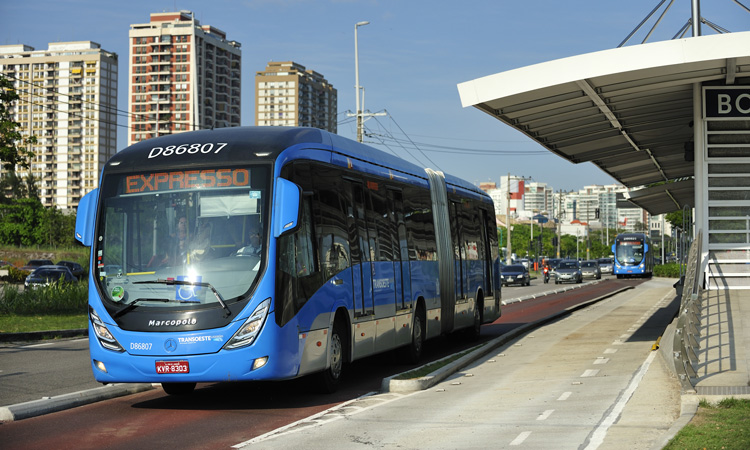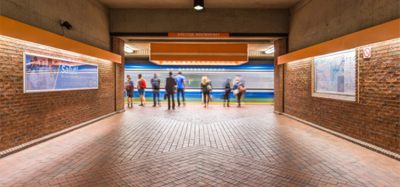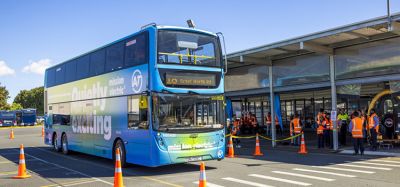The battle for BRT and public control in service integration
- Like
- Digg
- Del
- Tumblr
- VKontakte
- Buffer
- Love This
- Odnoklassniki
- Meneame
- Blogger
- Amazon
- Yahoo Mail
- Gmail
- AOL
- Newsvine
- HackerNews
- Evernote
- MySpace
- Mail.ru
- Viadeo
- Line
- Comments
- Yummly
- SMS
- Viber
- Telegram
- Subscribe
- Skype
- Facebook Messenger
- Kakao
- LiveJournal
- Yammer
- Edgar
- Fintel
- Mix
- Instapaper
- Copy Link
Posted: 12 December 2019 | Michael Kodransky - ITDP | No comments yet
Michael Kodransky, U.S. Director of the Institute for Transportation & Development Policy (ITDP), explains the challenges behind bus rapid transit (BRT) implementation and the need for a sterner public hand in data management and the integration of services.


Despite the obvious benefits of BRT adoption, why is it still such a challenge to get cities to implement it properly?
There are a number of efforts calling themselves BRT that are not – they’re just simple bus service improvements that are then being marketed as BRT, which is what advocates call BRT creep. There are a number of cities looking to implement BRT properly, but a great deal more embracing BRT creep and very basic improvements. This is one of the reasons ITDP developed a BRT Standard – to ensure there is a high level of excellence in a system’s design.
Some cities are proposing BRT along highway shoulders because there’s little to no resistance from road planners, as it doesn’t reduce capacity for other road users. This would involve building stations on highways and having customers board and alight on highways. That doesn’t make for the standard of passenger experience that BRT should provide. It’s critical that the systems are designed to take people to destinations they actually want to go to – only in this way can they provide genuine community value. It’s critical that services reach densely-populated areas, but it’s in these places that there are difficulties and numerous competing demands vying for finite road space. In the end, it is a political decision, but the benefits need to be communicated to the wider public. Without someone to make a case for it, prospective BRT systems will find it difficult to compete against other modes in those densely-populated areas. It will instead be implemented in places where there’s less resistance but where it will also be less effective in serving the public.
Related topics
Infrastructure & Urban Planning, Mobility Services, Public Transport, Transport Governance & Policy
Issue
Issue 4 2019
Related modes
Bus & Coach
Related cities
United States of America
Related organisations
Institute for Transportation & Development Policy (ITDP)








